Eco tourism is not just about exploring nature; it’s about appreciating and preserving it. As the demand for sustainable travel rises, eco-tourism destinations have surged in popularity, giving travelers a chance to connect with the environment in ways that are both responsible and rewarding. But while some of the most famous eco-tourism spots in the world, like Costa Rica and the Galapagos Islands, often top the lists, there are also hidden gems that offer the same environmental richness, with fewer crowds.
If you’re searching for unique eco-tourism adventures off the beaten path, you’re in the right place. These 10 eco-tourism destinations are not only stunning and tranquil, but they also prioritize sustainability and conservation, making them perfect for eco-conscious travelers. So, let’s dive in and discover the hidden eco-tourism treasures you need to experience!
1. Palawan, Philippines – The Last Frontier of Eco Tourism
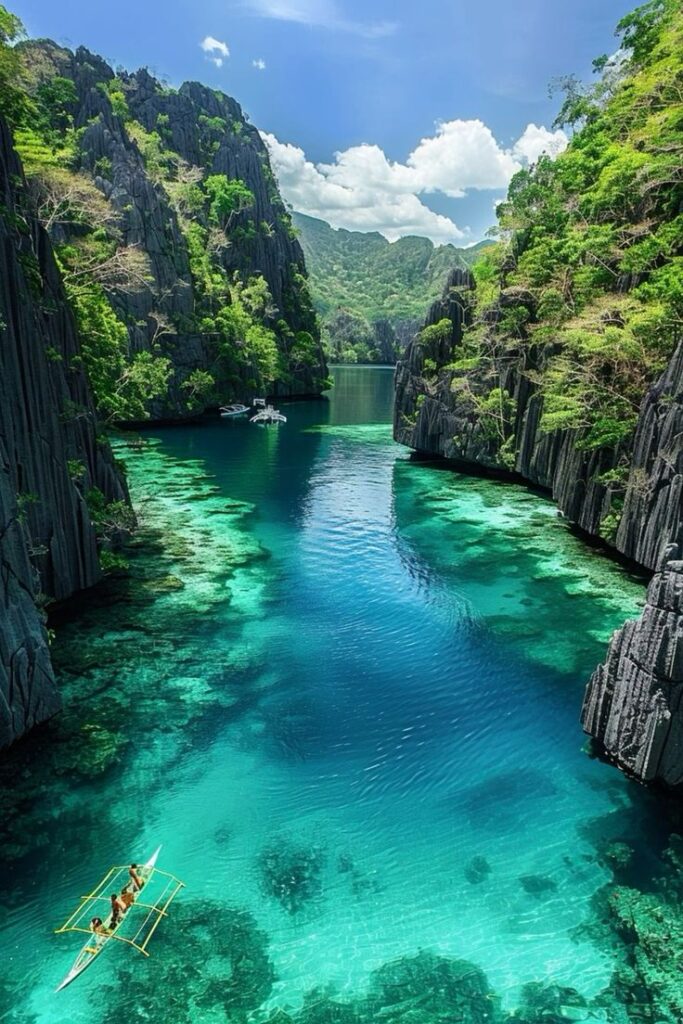
The Philippines is home to many eco-tourism hotspots, but Palawan is often regarded as the hidden gem of them all. With pristine beaches, crystal-clear lagoons, and diverse wildlife, Palawan’s ecosystem is both beautiful and protected.
Key Highlights:
- The Puerto Princesa Subterranean River is one of the world’s longest underground rivers and a UNESCO World Heritage Site.
- Reefs at Tubbataha Natural Park: Ideal for scuba divers, this marine reserve is listed by UNESCO.
- El Nido & Coron: These islands boast some of the clearest waters, most beautiful reefs, and untouched beaches in the world.
Why Visit: Palawan’s eco-tourism efforts focus on maintaining its natural beauty while protecting endangered species. Whether you’re snorkeling through vibrant coral reefs or exploring lush jungles, Palawan offers an eco-tourism experience like no other.
2. Bhutan – The Carbon Negative Country

Known for its strong commitment to preserving its environment, Bhutan has set an example for eco-tourism and sustainable travel. The ecotourism policies of this Himalayan kingdom, which is the first carbon-negative country in the world, show how committed it is to protecting the environment.
Key Highlights:
- Paro Taktsang (Tiger’s Nest Monastery): A stunning monastery perched on a cliffside that offers both cultural and natural significance.
- Phobjikha Valley: The glacial Phobjikha Valley is home to the endangered black-necked crane.
- Bumthang Valley: renowned for its beautiful Buddhist monasteries and serene surroundings.
Why Visit: Bhutan focuses on sustainable tourism that limits visitor numbers and encourages travelers to immerse themselves in its natural beauty without harming the environment. Here, ecotourism is intricately interwoven with the growth and culture of the nation.
3. Madagascar – A Unique Eco Tourism Paradise

Madagascar is one of the most biodiverse countries on the planet, offering some of the world’s most unique ecosystems. With wildlife found nowhere else on Earth, it’s a haven for eco-tourism lovers.
Key Highlights:
- One of Madagascar’s most recognizable sceneries is the Avenue of the Baobabs.
- Andasibe-Mantadia National Park: A sanctuary for lemurs and other endangered species.
- Tsingy de Bemaraha National Park: A UNESCO World Heritage site with striking limestone formations.
Why Visit: Madagascar offers an incredible opportunity for eco-tourism, with a focus on preserving its unique flora and fauna. From rainforests to desert landscapes, there’s something for everyone looking to explore an untouched world.
4. Mongolia – A Vast Land of Eco Adventure
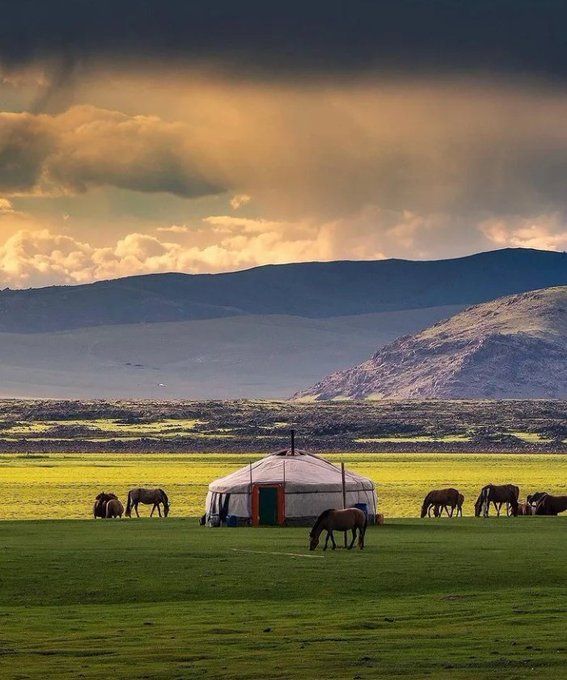
Mongolia might not be the first place that comes to mind when you think of eco-tourism, but it offers vast open landscapes, clear skies, and an incredibly rich culture. From the Gobi Desert to the Altai Mountains, Mongolia is a prime destination for travelers looking for an eco-conscious adventure.
Key Highlights:
- Gobi Desert: A dramatic landscape that offers eco-tourism opportunities such as camel trekking and wildlife viewing.
- Lake Khövsgöl: Often referred to as the “Blue Pearl of Mongolia,” this pristine lake is ideal for eco-friendly kayaking and hiking.
- Trekking in Altai Mountains: Explore untouched, remote areas with a rich cultural and natural history.
Why Visit: Mongolia’s emphasis on eco-tourism focuses on preserving the natural environment while providing travelers with opportunities to immerse themselves in nature and local culture. The traditional nomadic lifestyle is still very much alive, offering an authentic, sustainable travel experience.
5. Rwanda – The Land of a Thousand Hills

Over the years, Rwanda has recovered remarkably and emerged as one of Africa’s leading destinations for ecotourism. Known for its conservation efforts, Rwanda offers travelers a chance to engage in sustainable travel practices while experiencing its rich culture and wildlife.
Key Highlights:
- Volcanoes National Park: Home to the famous mountain gorillas, offering an unforgettable eco-tourism experience through gorilla trekking.
- Nyungwe Forest National Park: A biodiversity hotspot with rich rainforests, perfect for eco-hikers and nature lovers.
- Akagera National Park: A lesser-known safari destination with a focus on sustainable wildlife tourism.
Why Visit: Rwanda has a deep commitment to environmental sustainability, and eco tourism plays a vital role in the country’s tourism industry. By visiting Rwanda, you contribute directly to the conservation of endangered species, like the mountain gorilla.
6. Costa Rica – An Eco Tourism Haven
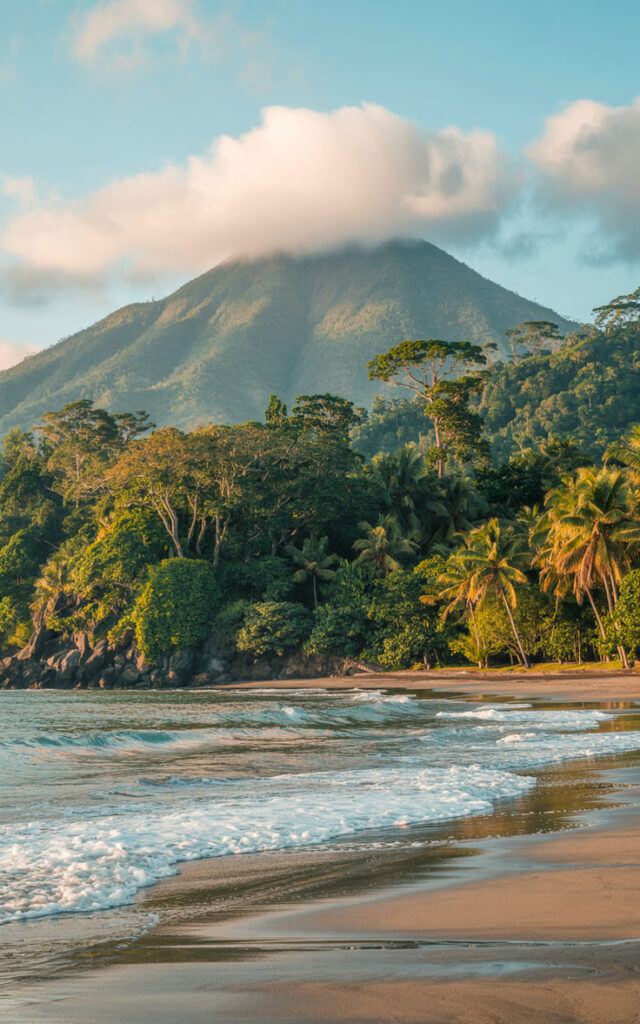
While Costa Rica is widely known for its eco-tourism appeal, there are many hidden gems within the country that still fly under the radar. This Central American paradise is a hotspot for sustainable travel and wildlife conservation.
Key Highlights:
- Known as the “crown jewel” of Costa Rica’s national parks, Corcovado National Park is a nature lover’s paradise (Eco tourism).
- Monteverde Cloud Forest Reserve: A popular eco-tourism destination with a diverse range of plant and animal species.
- The Osa Peninsula is home to gorgeous beaches and thick rainforests, making it one of the planet’s most biodiverse areas (Eco tourism)..
Why Visit: Costa Rica leads by example when it comes to eco-tourism, and its dedication to preserving its natural environment is unparalleled. Whether you’re a beach lover or a hiker, Costa Rica has something for every eco-conscious traveler (Eco tourism)..
7. Norway’s Lofoten Islands: A Place of Peace and Nature

For lovers of ecotourism, Norway’s Lofoten Islands are a paradise. Known for their dramatic landscapes, including jagged mountains, crystal-clear fjords, and untouched beaches, Lofoten offers a unique opportunity to experience the raw beauty of the Arctic Circle (Eco tourism).
Key Highlights:
- Hiking in Lofoten: Take advantage of environmentally friendly hiking trails to discover the untamed landscapes and rocky mountains.
- Wildlife Watching: Lofoten is known for its incredible birdwatching and whale-watching opportunities.
- Lofoten’s Eco-Friendly Lodges: Stay in sustainable accommodations that focus on reducing environmental impact (Eco tourism).
Why Visit: Lofoten’s eco-tourism model emphasizes minimal environmental disturbance while offering travelers the chance to engage in outdoor activities and appreciate the natural beauty of Norway’s far north.
8. The South Island of New Zealand: A Paradise for Nature Lovers
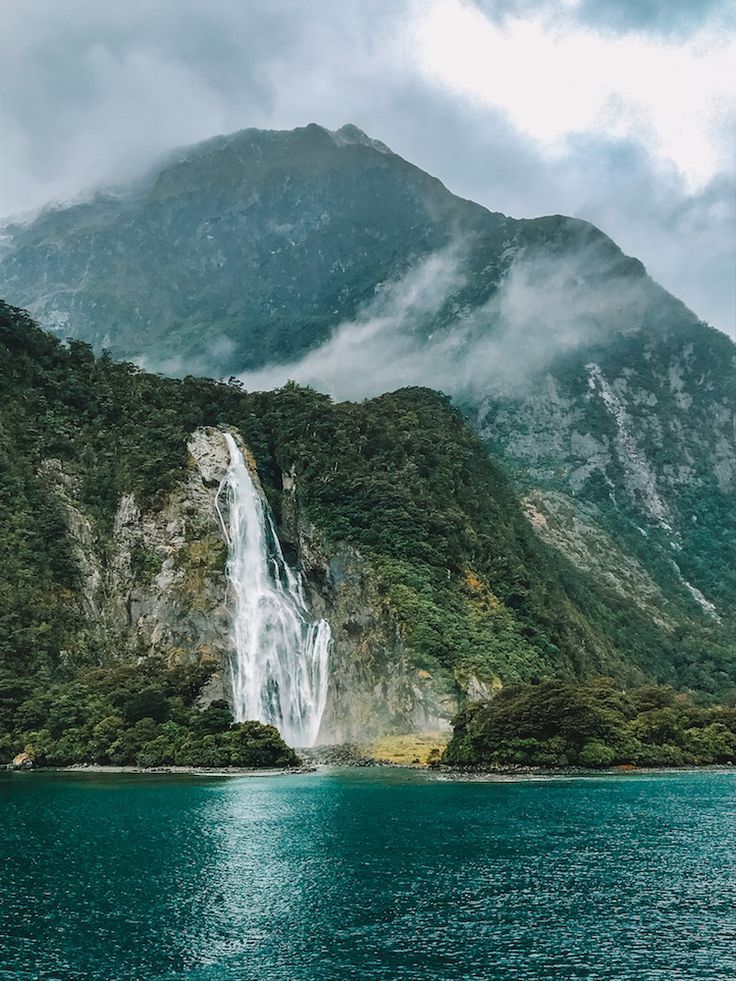
New Zealand’s South Island is often considered one of the world’s most beautiful places, offering everything from fjords to snow-capped mountains, pristine beaches, and verdant forests. The South Island is also home to a variety of eco-tourism experiences that focus on conservation and sustainability (Eco tourism).
Key Highlights:
- Fiordland National Park: A UNESCO World Heritage site with awe-inspiring fjords.
- Kaikoura: A coastal town offering eco-friendly whale-watching and marine wildlife experiences.
- Abel Tasman National Park is well-known for its eco-friendly hiking alternatives and stunning coastal routes.
Why Visit: New Zealand’s eco-tourism model emphasizes sustainability, offering eco-conscious travelers the opportunity to engage with nature responsibly.
9. Iceland – A Land of Natural Wonders
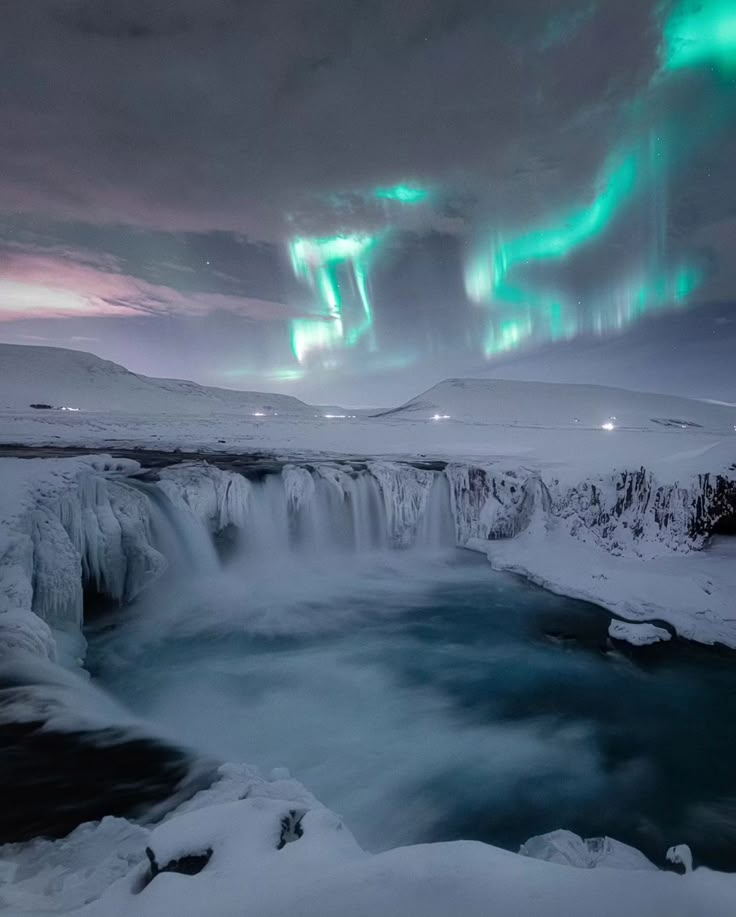
Iceland is a haven for eco-tourism, boasting stunning landscapes, geothermal wonders, and rich biodiversity. With a focus on sustainability, Iceland’s eco-tourism destinations are some of the most innovative in the world.
Key Highlights:
- Thingvellir National Park is a geologically significant UNESCO World Heritage Site (Eco tourism).
- The stunning glacial lagoon known as Jökulsárlón Glacier Lagoon is ideal for environmentally conscious boat excursions (Eco tourism).
- Reykjavik’s Green Initiatives: The capital city has a wide range of eco-friendly accommodations and sustainable practices (Eco tourism).
Why Visit: Iceland’s emphasis on renewable energy and sustainability ensures that eco-tourism remains at the heart of the country’s development.
10. Chile’s Patagonia – The Ultimate Eco Adventure
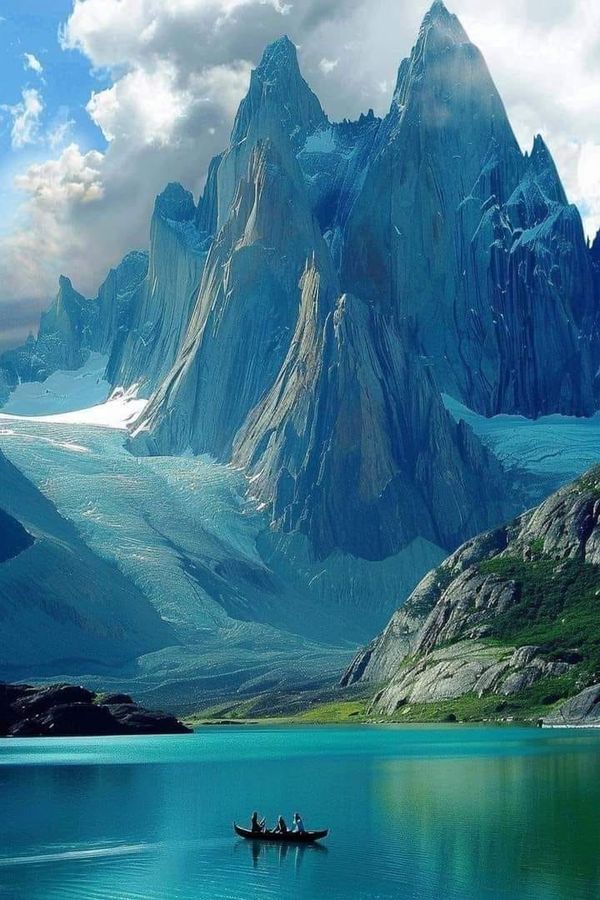
Patagonia, shared by Chile and Argentina, is one of the most remote and pristine places on Earth, making it an ideal location for eco-tourism. Known for its dramatic landscapes, including towering mountains, glaciers, and crystal-clear lakes, Patagonia offers eco-conscious travelers an unforgettable adventure.
Key Highlights: (Eco tourism).
| Torres del Paine National Park | A stunning destination with incredible wildlife and hiking trails |
| Lake District | A calm and beautiful location perfect for eco-friendly outdoor pursuits like kayaking. |
Why Visit: Patagonia is committed to eco-tourism, with a focus on preserving its pristine wilderness and minimizing the impact of tourism. Visiting Patagonia allows you to engage in sustainable travel while exploring one of the most beautiful places on Earth.
Conclusion
Eco-tourism is all about traveling in a way that benefits both the environment and local communities. These 10 hidden eco-tourism destinations offer an opportunity to explore nature’s wonders, support sustainable travel, and contribute to the conservation of our planet’s most precious resources.
So, whether you choose to hike through the jungles of Madagascar or trek the snow-capped mountains of Patagonia, each of these eco-tourism destinations guarantees an unforgettable adventure that you can feel good about. Pack your bags and get ready to discover the hidden eco-tourism destinations you must experience!
Table of Contents
Why should I choose eco-tourism over regular tourism?
Eco-tourism helps preserve natural habitats, supports local communities, and reduces the environmental impact of travel, offering a more sustainable and ethical travel experience.
What are some of the benefits of eco-tourism?
Benefits of eco-tourism include supporting local economies, contributing to conservation efforts, and gaining an immersive experience in nature without harming the environment.
What are the best eco-tourism destinations in the world?
Some of the best eco-tourism destinations include Costa Rica, Bhutan, Palawan (Philippines), Rwanda, and Iceland, among others.
Is eco-tourism only about nature and wildlife?
While nature and wildlife are the primary focus, eco-tourism also emphasizes sustainability, culture, and the responsible exploration of local communities and their environments.
What are some hidden eco-tourism spots?
Hidden eco-tourism spots include places like the Lofoten Islands in Norway, Patagonia in Chile, Madagascar, and the remote regions of Mongolia, among others.
How can eco-tourism help protect endangered species?
Eco-tourism funds conservation efforts, such as wildlife protection programs, and helps prevent habitat destruction by promoting responsible tourism in fragile ecosystems.
